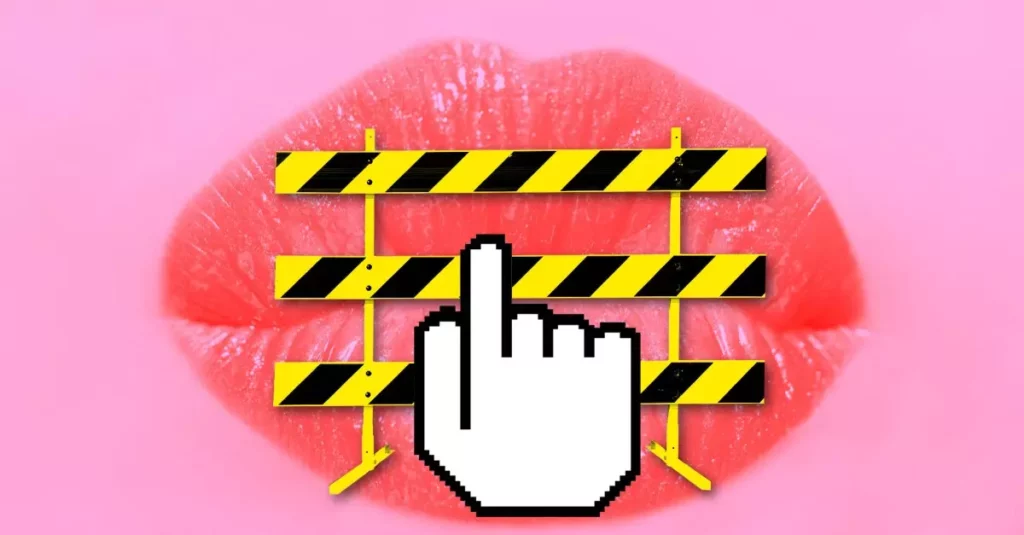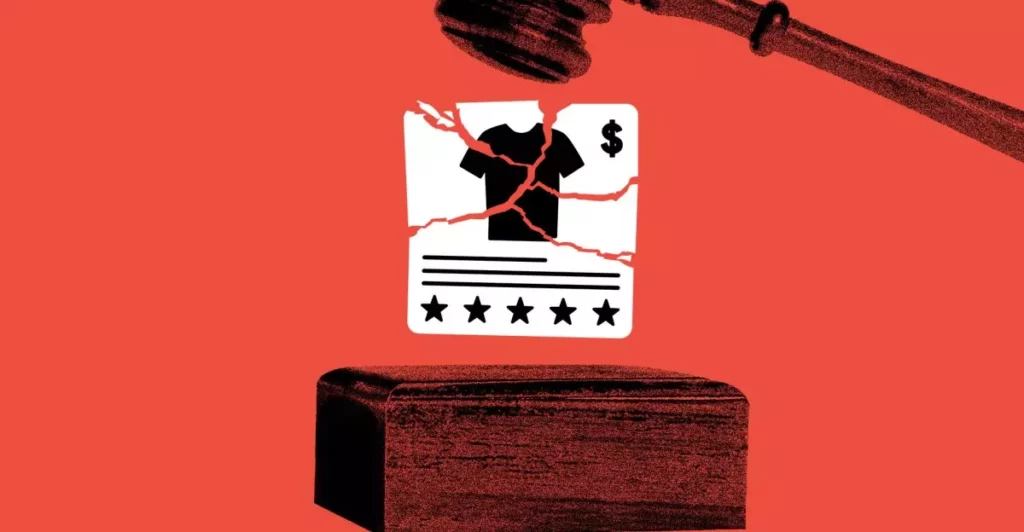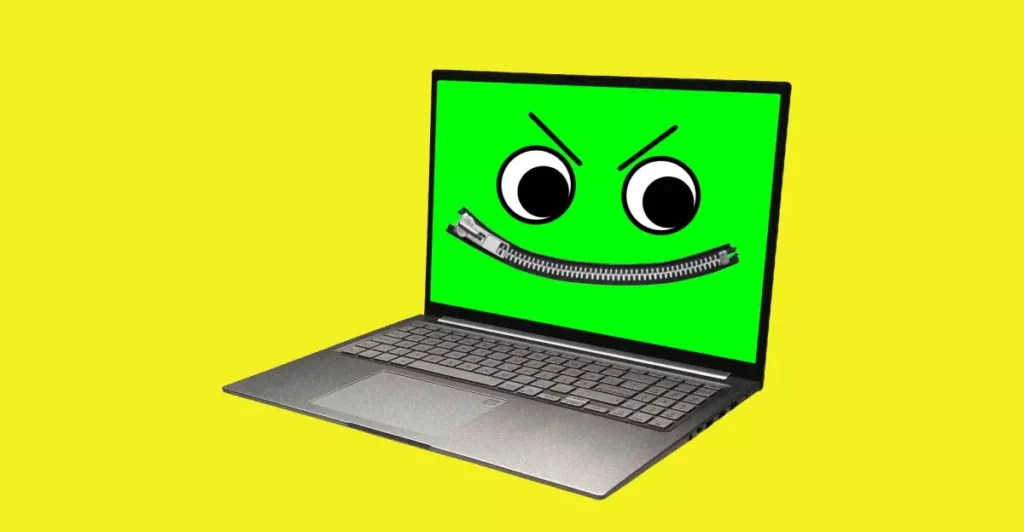In the evolving landscape of digital entertainment, the insidious encroachment of financial institutions into the creative domain has become increasingly evident. Companies like Visa and Mastercard are not merely facilitators of transactions; they have turned into de facto gatekeepers with the power to determine what content is acceptable within the gaming ecosystem. This shift transforms what was once a free and open marketplace into a controlled zone where artistic expression is subject to the whims of credit card policies. These institutions, driven by risk mitigation and compliance demands, are subtly converting into censorship agents, stifling narratives that challenge societal norms or venture into taboo territory. The impact is profound: games that explore controversial themes or niche genres are risking de-platforming not because of legal violations but due to compliance restrictions set by these financial leviathans. This scenario raises an essential question—should financial providers have such authority over creative content, or are they overstepping their role and endangering artistic diversity?
Creative Liberty Under Siege
Platforms like Itch.io and Steam have traditionally fostered independence and unconventional creativity in gaming. Their openness allowed developers to push boundaries without fear of censorship, cultivating an ecosystem ripe with innovation. However, the recent capitulation to payment restrictions signals a troubling trend—content deemed “unsuitable” by payment providers faces removal or demotion. Such censorship doesn’t just threaten individual projects; it jeopardizes the fundamental culture of independent gaming. When financial limitations are interpreted as moral or social judgments, the result is a homogenized market where only “safe” content survives. This deliberately sanitized environment discourages artists from tackling complex, taboo, or politically sensitive topics, thereby impoverishing the cultural dialogue. The core problem is that these financial restrictions are often vague, with game developers left uncertain about what content might lead to a ban, fostering a climate of self-censorship that hampers genuine creativity.
The Dark Echoes of Historical Censorship
History demonstrates that economic pressure often leads to cultural erasure. Tumblr’s 2018 decision to ban adult content—driven by credit card companies’ demands—was a pivotal moment that resulted in mass migration of its most vibrant communities to less regulated zones. The platform’s vibrant, boundary-pushing content was sacrificed on the altar of compliance, leading to a significant loss in diversity and cultural richness. This serves as a cautionary tale applicable to the gaming industry. If developers and platforms capitulate to financial censorship, the industry risks losing its edge—the daring, provocative narratives that challenge viewers and foster societal debate. The fear is that, in striving to appease financial gatekeepers, gaming could become a bland, conformist space where only mainstream ideas thrive, stripping away the complexity and nuance that have historically distinguished it.
The Threat of Monopoly and Vulnerability
Dependence on a handful of dominant payment providers makes the gaming industry fragile. Indie developers, often reliant on a single platform or payment system, find their creative freedom increasingly compromised. The consolidation of financial power translates into a monopoly—not just over access, but over discourse. Payment providers, motivated by proactive risk avoidance, can de-index, deplatform, or outright ban content they deem risky or controversial. These actions, lacking transparency and consistent standards, threaten to transform gaming into a controlled commodity rather than an open culture of experimentation. As the risk of deplatforming grows, developers are incentivized to produce only content that aligns with mainstream tastes—further stripping away the diversity and edginess that once characterized the industry.
The Cultural and Artistic Cost of Compliance
By succumbing to financial restrictions, the gaming industry risks becoming a mirror image of sanitized, mass-market content. The allure of independence and authenticity diminishes, replaced by a focus on market safety and compliance. For many creators, gaming is an art form—a powerful platform for personal, political, and social expression. When financial institutions wield undue influence, they implicitly censor these voices, marginalizing creators whose works challenge societal norms or explore uncomfortable truths. Over time, this trend toward censorship stifles innovation and curtails the evolution of interactive storytelling. The cultural landscape becomes sterile, diminishing the industry’s potential to reflect diverse human experiences and dialogue on contentious issues.
Challenging the Future: Resistance Is Necessary
To preserve the essence of independent gaming, the industry must push back against the excesses of financial censorship. Relying solely on banks and credit card companies as arbiters of creative legitimacy is a perilous path that risks decimating the cultural diversity that has been a hallmark of gaming’s growth. Foundational to a healthy industry is resistance—implementing transparent standards, advocating for creators’ rights, and fostering alternative financial solutions that support free expression. Center-right principles emphasize the importance of individual entrepreneurial freedom and limited interference, making it essential to resist overreach from entities that threaten to turn gaming into a homogenized, regulated space. Without such efforts, artistic diversity and innovation are at risk of becoming casualties in a battle dictated by profit-driven gatekeepers rather than cultural value.









Leave a Reply